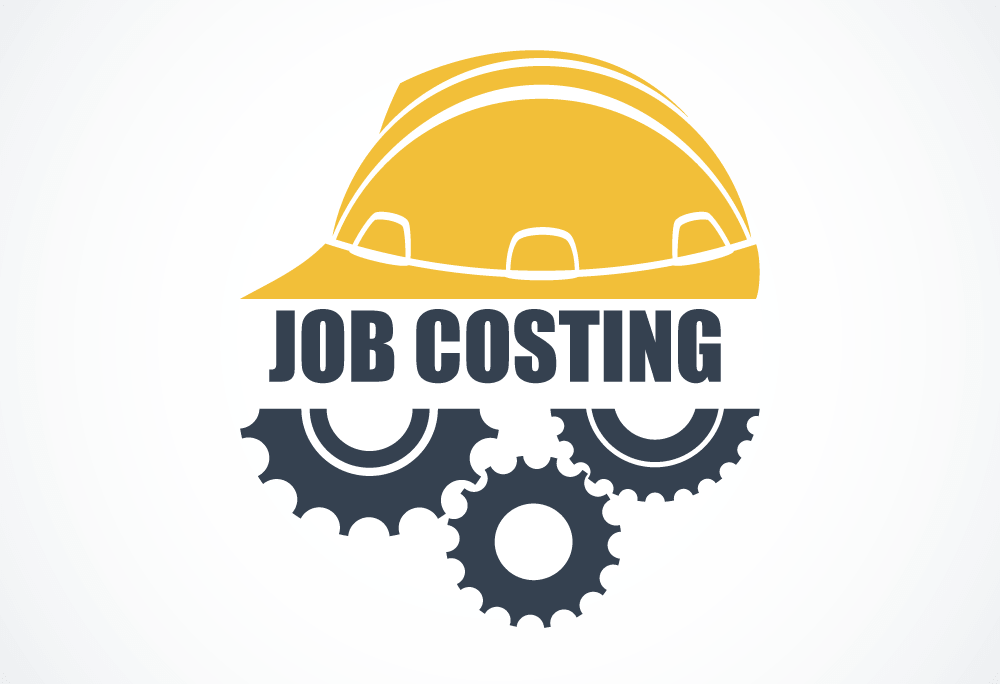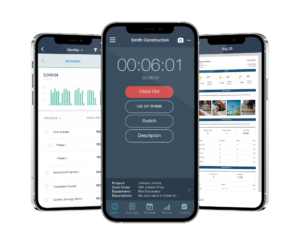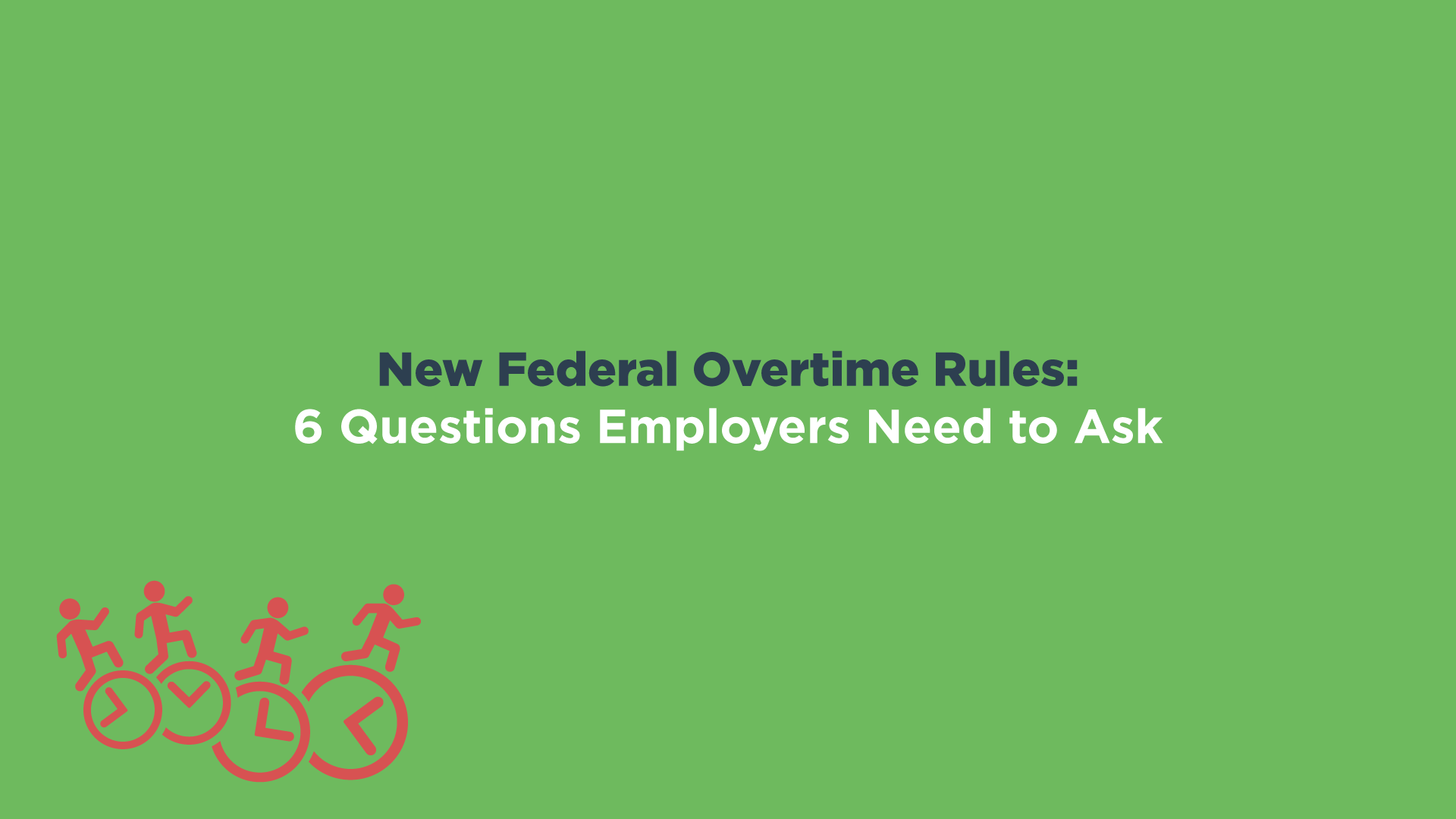
Competitive project estimates are crucial to success. Using accurate data to compile your bid is often the determining factor between winning or losing, and nobody starts a business to lose!
Accurate job costing is essential if you want to run a profitable business. Job costing helps in a million ways, saving or losing millions of dollars over time. For example, it helps to calculate profit margin, estimate project costs, create a reliable schedule, put together profitable bids, and avoid cost overruns. Below are 5 quick tips to help you improve your job costing and give you the data you need to manage your projects better.
- Get Employee Buy-In
- Integrate Technology Into Your Job Costing System
- Reanalyze Overhead Costs
- Identifying and Adding Schedule Impacts
- Find a Construction Software That Can Help
Get Employee Buy-In

Accurate job costing is dependent on getting accurate data from the field. Without buy-in from your field crew and office staff, you will never get all the information you need for accurate job cost reports. We often see managers and owners try to force buy-in from their team but don’t spend time educating and fully training everyone on the system. Empowering a team with knowledge of why their conformance is so important will help reinforce their commitment to the cause.
When a project finishes on time, and within budget, many organizations have an early completion bonus. Identifying this as a benefit to your team can provide the motivation to jump in and track the data you need. Whether an early completion bonus, year-end bonus, or split profit pools; incentivizing employee efforts towards improved profits can encourage buy-in.
In addition to empowering your staff to track the correct data, providing them with a system and process that makes it easy for them is key. At busybusy, we have found that keeping things simple greatly increases regular usage.
Integrate Technology Into Your Job Costing System

Inaccurate labor data from the field automatically leads to false reports. As you try to improve accuracy, a good place to start is to analyze and improve the systems you use to obtain reliable field data.
Have you noticed how much more efficient manufacturing plants are than they were ten years ago? It’s because they are all using technology instead of paper. Technology allows more accurate data to be gathered and reported in real-time. This means that issues can be identified and corrected while projects are still going. In comparison, paper breeds mistakes and delays the identification of said mistakes. As a result, companies that use paper while their competitors use technology are falling behind.
Here is a prime example. Labor is generally the highest variable cost for construction companies. Yet we still see many companies using paper time cards to track employee time. This not only increases administrative time (collecting cards each week, manually inputting them into your accounting system, etc.) but often leaves them with inaccurate data. We have seen how much easier and more accurate job cost reports become when companies implement a simple time tracking app. This puts accurate labor data at your fingertips, and the cherry-on-top is that it integrates directly with our accounting software.
Reanalyze Overhead Costs

Overhead allocation isn’t always an exact science – there is an art to knowing what percentage of your overhead to allocate to specific jobs. Whichever method you prefer (direct labor costs, direct materials cost, or a blended method), make sure you reanalyze your allocation rates annually to ensure they are still representative of your company’s current overhead costs.
The reanalysis of your overhead will change based on their efficiency and your field staff! If your field staff becomes more efficient, the percent value for your overhead may need to increase. If your overhead staff has fewer efforts to track, report, and process data and payroll, their dedicated time to a project can decrease.
You can get a better understanding of your overhead costs with an app like busybusy. Accurately track your employees’ time and gain additional insights by using cost codes to understand exactly where that time is being spent. You can also reduce overhead costs by creating ready-to-use reports from your field data.
Identifying and Adding Schedule Impacts

Most jobs don’t go off without a hitch, and you shouldn’t plan for perfection. Depending on the region and time of year, everything could go wrong… including the weather. However, integrating manpower and equipment schedules into your job costing can dramatically improve accuracy.
Next time a hurricane hits and your job site is impacted, knowing precisely what it costs you on lost time, re-work, and mitigation efforts can help you plan for your contingency plan for the next project. I know this sounds obvious, but what are you doing about it? A simple recommendation, use software that aggregates weather from the job on a daily report. This report helps you to understand how many days the weather impacted progress versus other inefficiencies you had throughout the project.
Scheduling goes beyond adding more people to a task to get it done quicker. busybusy tracks equipment utilization to lighten downtime, allowing teams to pull equipment for the tasks needed and prevent manpower delays if the equipment is unavailable. Integrating various schedule aspects into your job costing helps a project run smoothly and provides historical data for future bids.
Find a Construction Software That Can Help

Accurate job costing improves bid accuracy (Win more jobs!), assists with project forecasting, enhances profitability, and prepares for the unpredictable. If you aren’t doing job costing, you should, and if you are doing it but don’t use the info because it’s not very accurate, find a technology to help you get it accurately!











